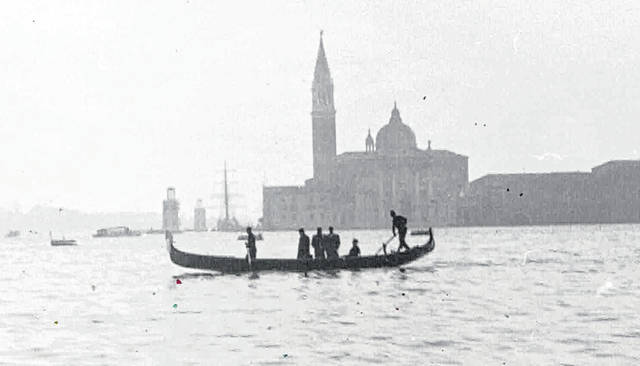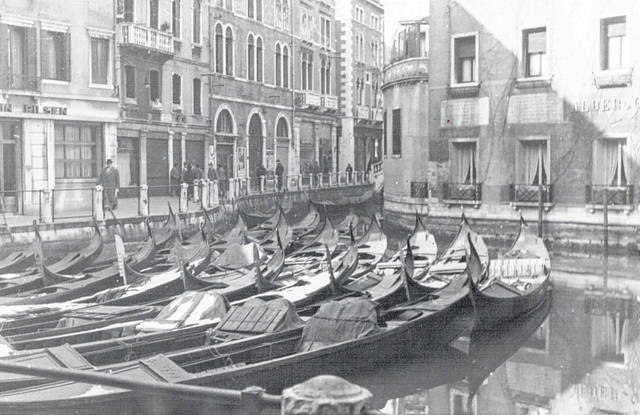


Venice, Italy, selected as a World Heritage Site in 1987, could lose its designation — and much more — if it does not make some drastic decisions concerning its future.
Climate change is the most obvious source of concern – heavy rains and rising sea levels are primary, but the warming temperatures have made it possible for worms from warmer climes to invade this city built on wooden pylons.
Add these together, and recently the water level in the city has increased (and later receded) some six feet. Photos show the famous and absolutely beautiful St. Mark’s Basilica and square flooded and visitors wading in knee deep salt water (an additional source of concern).
It is also true that the city is sinking.
The concern does not stop with global warming and invasive species; there are very serious human contributors to the crisis. As one writer says, the city is “Under-populated and over-touristed.” (Only about 55,000 inhabitants now live in the city center, compared to 175,000 in 1951).
Venice is one of the most visited sites in the world – some 30 million a year. A crucial issue related to this gigantic influx is: How do all of these people get to Venice since it’s located in a somewhat remote area at the head waters of the Adriatic Sea? The answer is on ships – gigantic cruise ships, sometimes carrying up to 6,000 passengers.
But Venice has not retreated from the seemingly impossible task of saving their World Heritage city,. They have a very high-tech plan — watching tourists’ every move! “They’re watching you wherever you walk. They know exactly where you pause, when you slow down and speed up, and they count you in and out of the city.”
There is more: “… they’re tracking your phone, so they can tell exactly how many people from your country or region are in which area, at which time.”
It is difficult to know exactly how the government of Venice will use all of this aggregated data they have recently collected, but they clearly want to distinguish between day-trippers or hit-and-run tourists and overnight visitors.
These day-trippers are usually charged with causing the most damage to the city and “rarely spend money, bringing their own food and eating illicit picnics on bridges and on waterfronts.” By not staying overnight they have not been counted or monitored – until now!
Added to this, all visitors want to go to only two places – St. Mark’s square and the Rialto Bridge.
Much of the plan growing out of this massive data collection is unclear. But, “The hope is that gathering the information will not only track footfall now, enabling the authorities to activate turnstiles and start charging for entrance on busy dates. Eventually, they hope that the data will help create a more sustainable tourism plan for the future.”
I have a feeling, large cities around the world will need to undertake similar analyses of their future due to climate change and possibly other kinds of imminent threats.
In my mind there is no question that this 1,600 year-old city (sometime referred to as a “floating city”) must be preserved and that all world citizens should have an opportunity to visit it.
Back in 1956 I had the privilege of visiting Venice as a day-tripper after leaving the Winter Olympics in Cortina d’ Ampezzo in the Italian Dolomite Mountains and heading to Rome. (I was constricted by both time and financial considerations due to being in the Army in Germany). It was a memorable trip!
Neil Snarr is Professor Emeritus at Wilmington College.




